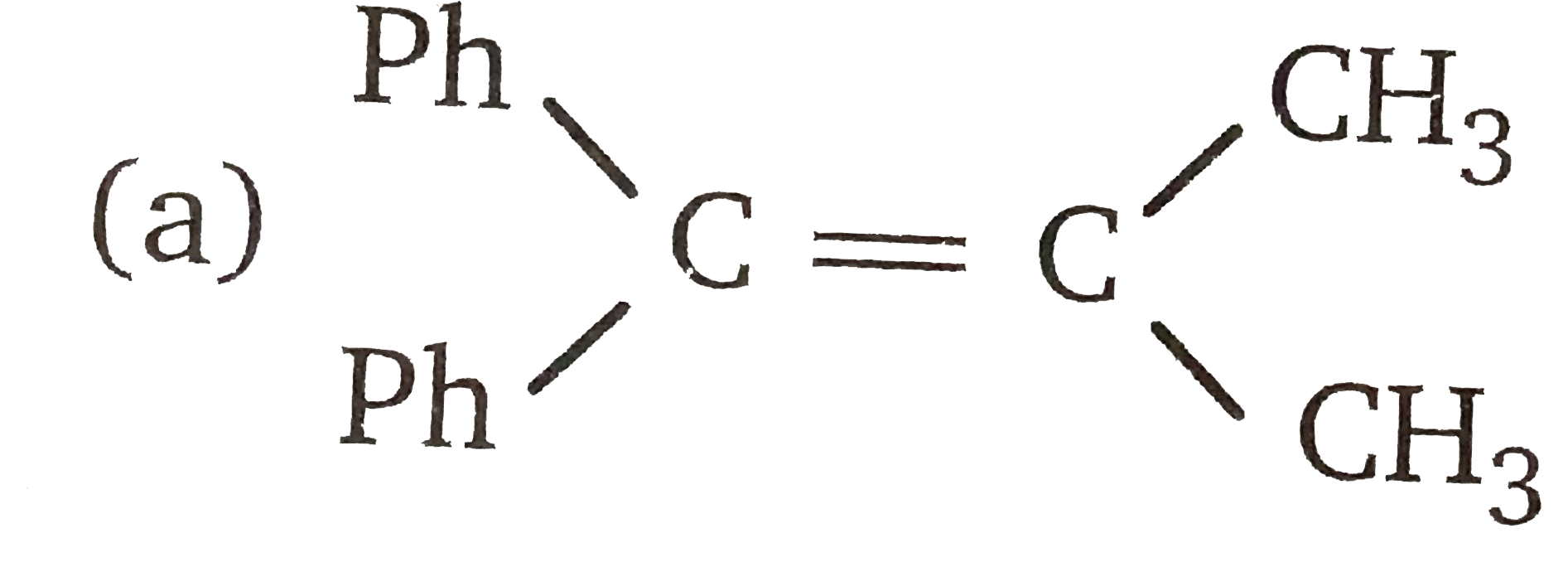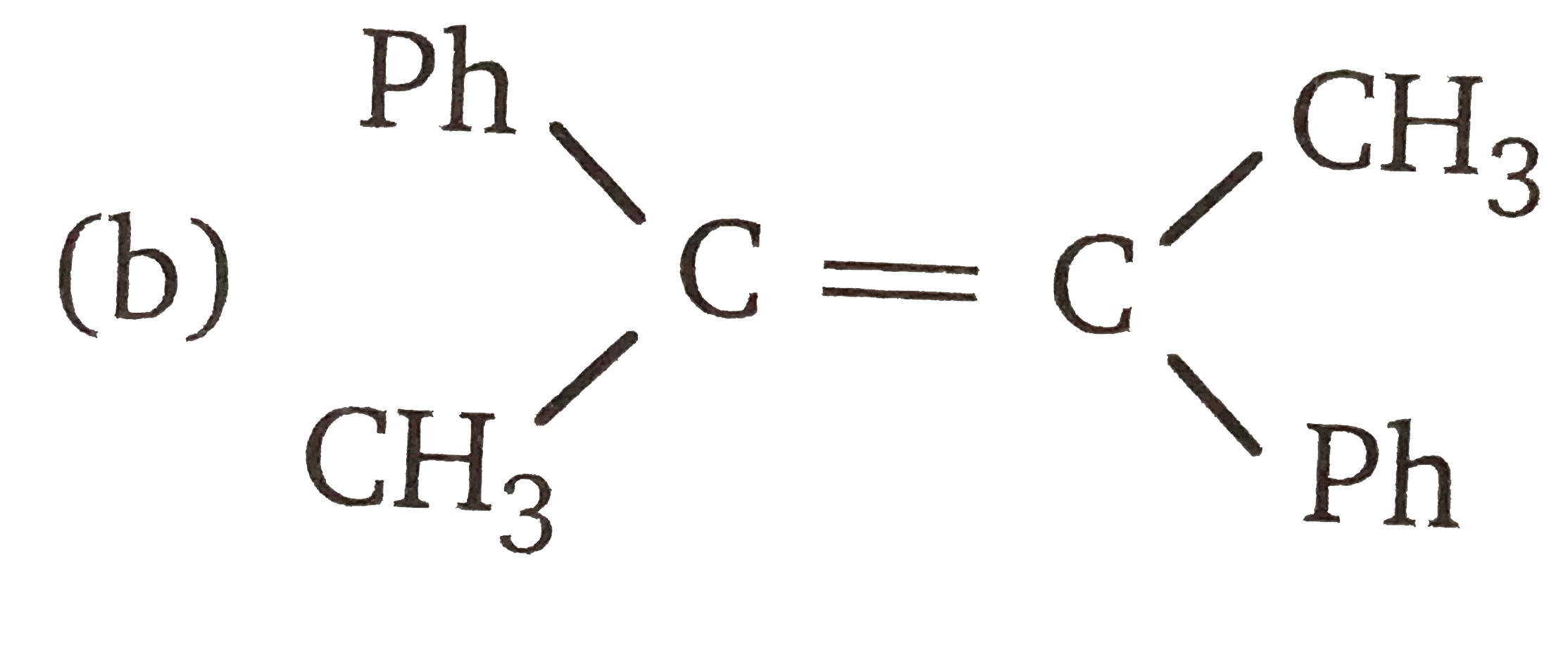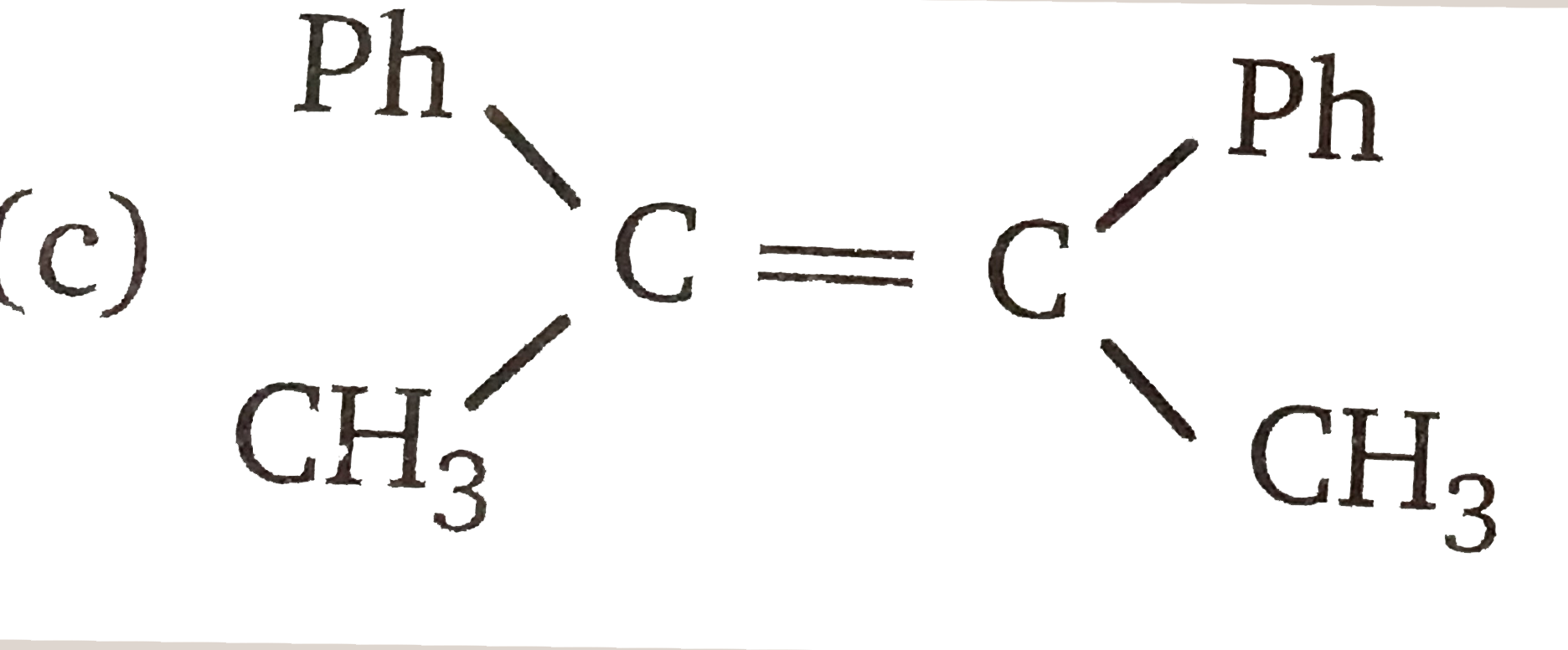
Reactant A of the above reaction is :
CH3−O∣∣C−CH3
COCl2
CH3−O∣∣C−Cl
CH3−O∣∣C−OEt
The correct Answer is:B
Topper's Solved these Questions
- BOOK - MS CHOUHANCHAPTER - ALCOHOL, ETHERS AND EPOXIDESEXERCISE - Level 1 (Q.1 To Q.30)1videos
ALCOHOL, ETHERS AND EPOXIDES
- BOOK - MS CHOUHANCHAPTER - ALCOHOL, ETHERS AND EPOXIDESEXERCISE - Level 23videos
ALCOHOL, ETHERS AND EPOXIDES
- BOOK - MS CHOUHANCHAPTER - ALCOHOLS AND ETHERSEXERCISE - ADDITIONAL OBJECTIVE QUESTIONS (Matrix Match Type )3videos
ALCOHOLS AND ETHERS
Similar Questions
Knowledge Check
- Question 1 - Select One
Find out the X (reactant) of the given reaction :
 A
A B
B C
C DAll of these
DAll of these - Question 2 - Select One
The reactant (A) is the reaction is :
 .AMeCOOEt and ⎛⎜ ⎜⎝EtO−C∣∣O−C∣∣O−Et⎞⎟ ⎟⎠BEtCOOEt+EtOOC−COOEtC⎛⎜ ⎜⎝EtOOC−CH∣Me−COOEt+HCOOEt⎞⎟ ⎟⎠DEtCOOEt+HCOOEt.
.AMeCOOEt and ⎛⎜ ⎜⎝EtO−C∣∣O−C∣∣O−Et⎞⎟ ⎟⎠BEtCOOEt+EtOOC−COOEtC⎛⎜ ⎜⎝EtOOC−CH∣Me−COOEt+HCOOEt⎞⎟ ⎟⎠DEtCOOEt+HCOOEt. - Question 3 - Select One

Reactant (A) in this reaction is :A B
B C
C Dboth (b) and (c)
Dboth (b) and (c)
Rate of reaction is the change in concentration of any one of the reactants or any one of the products in unit time
(i) Express the rate of the following reaction in terms of reactants and products :
2 HI→H2+I2
(ii) If the expression for the above reaction is, rate =k[HI]2, what is the order of the reaction.
(iii) Are the order and molecularity of the above reaction same ? Give reason.View SolutionWhat is the number of molecules of reactants taking part in the above reactions?
View SolutionWhat is the number of molecules of reactants taking part in the above reactions?
View SolutionA reactions is of second order with respect to a reactant. How is the rate of reaction affected if the concentration of the reactant is reduced to half?
View SolutionCH2(CO2Me)2+?(i)Na−−−−−−→(ii)AcOHCH(CO2Me)3
Which of the following reactants will complete the above reaction?View Solution


